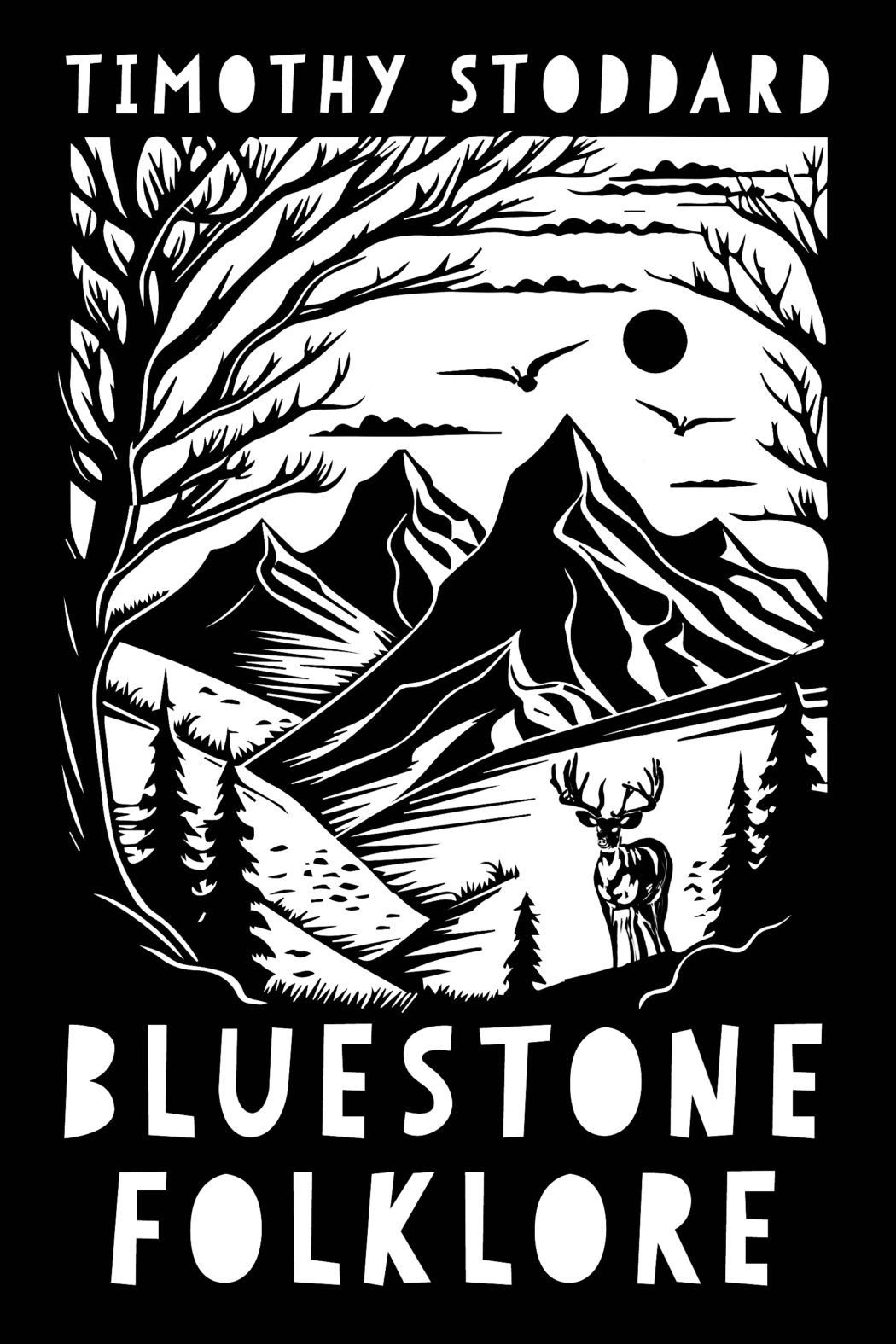BLUESTONE FOLKLORE
a novel by Timothy Stoddard
2017 was a momentous year for me. Not only was I married to my husband Brian that year, I was also soon after stricken by a poorly understood condition known as small fiber neuropathy. The symptoms came on almost overnight after a rough respiratory infection. I struggled with maladies from muscular fasciculations and numbness to moments of irregular heartbeat and difficulty breathing. I convinced myself I was dying, and it was during this time that I began to spiral into an existential crisis.
I have had two times in my life that I call black periods. The first of these was the loss of my Grandma Boo Boo, who I loved dearly–She was the first, pivotal death in my life. And of course, navigating small fiber neuropathy was a terrible ordeal, which only now–some seven years later–am I feeling more like myself again.
It was at this time while driving home from dinner in Callicoon, New York did my novel begin. On that 2017 summer night, I saw from the passenger window a dead deer strung out on the side of the road. As we passed, I believed I had caught a glimpse of its open eye glinting in the moonlight. Thus, the seed of Bluestone Folklore was planted.
Now, how I got from that split-second moment to the finished novel is somewhat of a creative mystery. And it did take me quite a while to outline the plot. There would be times where I would give up, but something always cropped up as a reminder to keep going.
In my existential musings, I took inspiration from myths and religious stories–their familiar, crucial moments seemingly mirroring one another. And though I didn’t actively try to chart my folktale via the points of the Hero’s Journey, years later after the book was finished, I was able to go back through a diagram and plot my story very neatly into such a model. The same goes for archetypes—how many of my ideas that came from my imagination I could find as mere echoes of long-standing imagery used by ancient people to express their spirituality. Take for instance the sacred apple tree. All I had to do was research lore about deer, and I discovered the four hinds of Yggdrasil, the ash tree around which all reality revolves and described in the Prose Edda.
Like Yggdrasil, the sacred apple tree is the navel of the mythical world of the Bluestone Woodland with its myriad of characters inspired by the Bible, Egyptian mythology, Native American lore, and systems of belief featuring reincarnation and goddess cults—There is even a nod to leitmotif, signified in the mysterious sound only the Yearling can hear.
The story of the white-faced Yearling, the heroine called Saint who grows to become the Doe, is a re-wilding of the redeemer journey, bringing the divine back to nature. Religious thinking says humans are the stewards of the natural world. But what if nature is exploited and degraded by man’s disregard or greed? Mankind does not reign over the wilderness or nature, has not tamed it, nor can it be immune to its course of time.
Through the eyes of those in the Bluestone Woodland, we catch a glimpse of an apocalyptic world—a world where the great mother, the Earth, has been defiled. Burning, droughts, floods—all the results of dramatic climate change. Where once the sugar maple stood in great numbers in the Bluestone Woodland, the warming climate has seen these trees migrate to cooler lands. We are all threads in the tapestry of the natural, divine realm, and when the mother is destroyed, what happens to the rest of us?In Bluestone Folklore, everything returns to the mother.
A note on gender: my editor Martin McHugh and I decided to structure characters based on their hierarchy or their archetype as either proper nouns or common nouns. We experience the story primarily through the Yearling, so principal animal characters are treated with a more human approach for the reader (i.e. She, the Yearling). The more enigmatic, secondary characters lose all sense of capitalization and gender, heightening their mysterious nature and steering the reader away from temporal understanding and human culture.
I don’t want to dissect and belabor all the symbols I used in Bluestone Folklore. Yes, homophobia, trauma, and destruction of the natural world are at the heart of the book, especially where each of these things merge with shame, spirituality, and society at-large–even as a bucolic microcosm. What I really want is for the reader to leave the story with their own interpretation, to find meaning that shares a commonality with their own secular and/or spiritual beliefs.
Whether it’s a spiritual phenomenon or just a fundamental aspect of human thinking, my primitive brain is always seeing symbols and meanings in the things I witness in my day-to-day life. Even now, I look at a photo above my desk of Grandma Boo Boo holding me as a baby and how it mirrors a holy card of the Madonna and Child in the corner of the frame; we could be murmurs of Isis and Horus, or the Elder Doe and the Yearling, for that matter. In life, all things return to the mother/Mother, and I think that’s what my book is really about; whether it be a person, an instinct or impulse inside each of us, the ground upon which we tread, from where we derive our nourishment, and to where we go when life is spent. If you take anything from Bluestone Folklore, I hope that it is a sense of hope, of rebirth, and a reconnection to the wild, true, and sacred/energetic core that lies inside all of us.
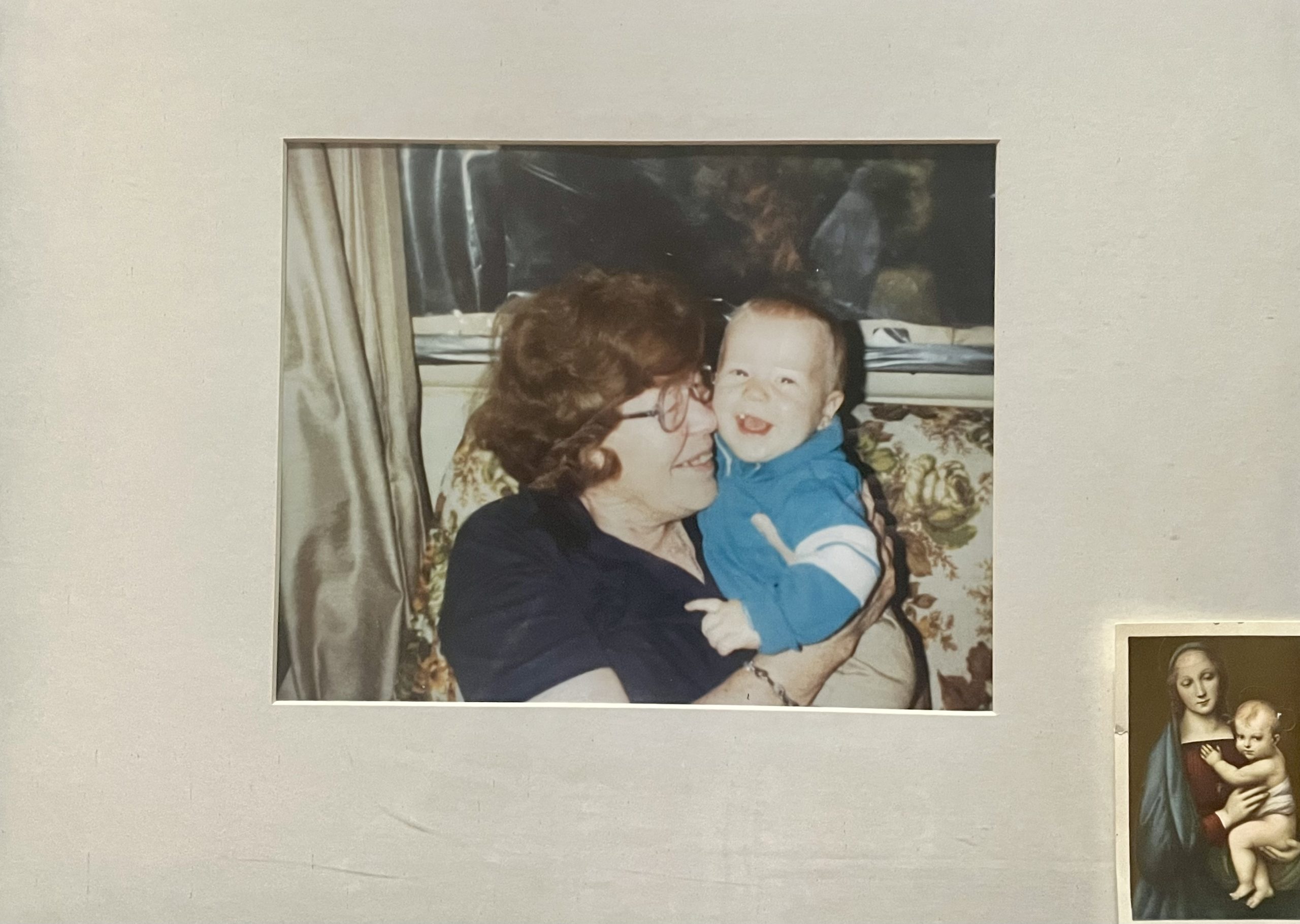
About the illustrations
For Bluestone Folklore, I wanted to create illustrations rich in symbolism and intricate detail in a darkly evocative atmosphere. I borrowed inspiration from a collection of graphic artists & illustrators like Aubrey Beardsley, Gustave Doré, Sophy Hollington, and Tiffany Bozic. In each illustration, I aim to provoke feelings of unease and introspection that challenges readers to confront the darkness and magic of the story as it unfolds and create a thought-provoking visual experience that lingers in the mind long after the story is complete.
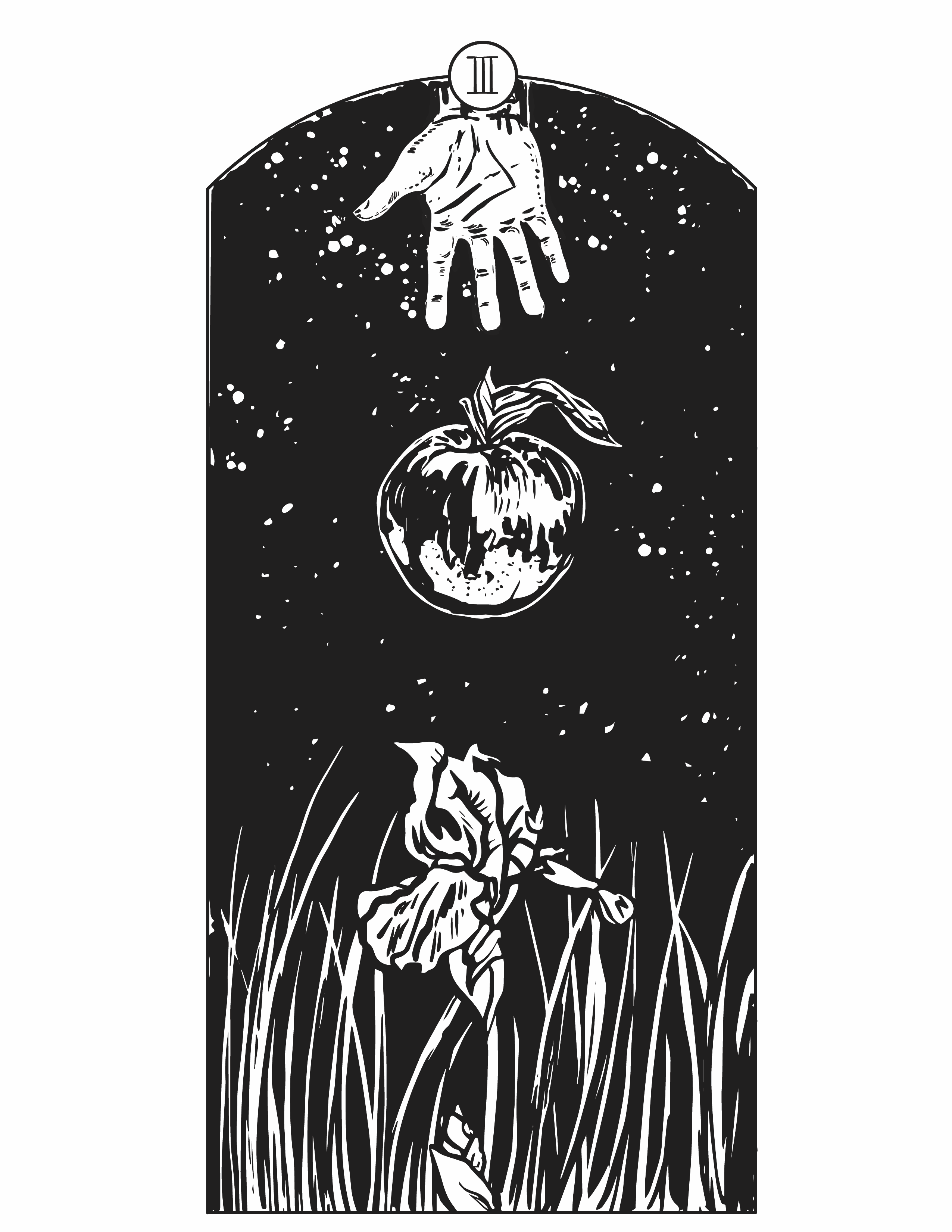
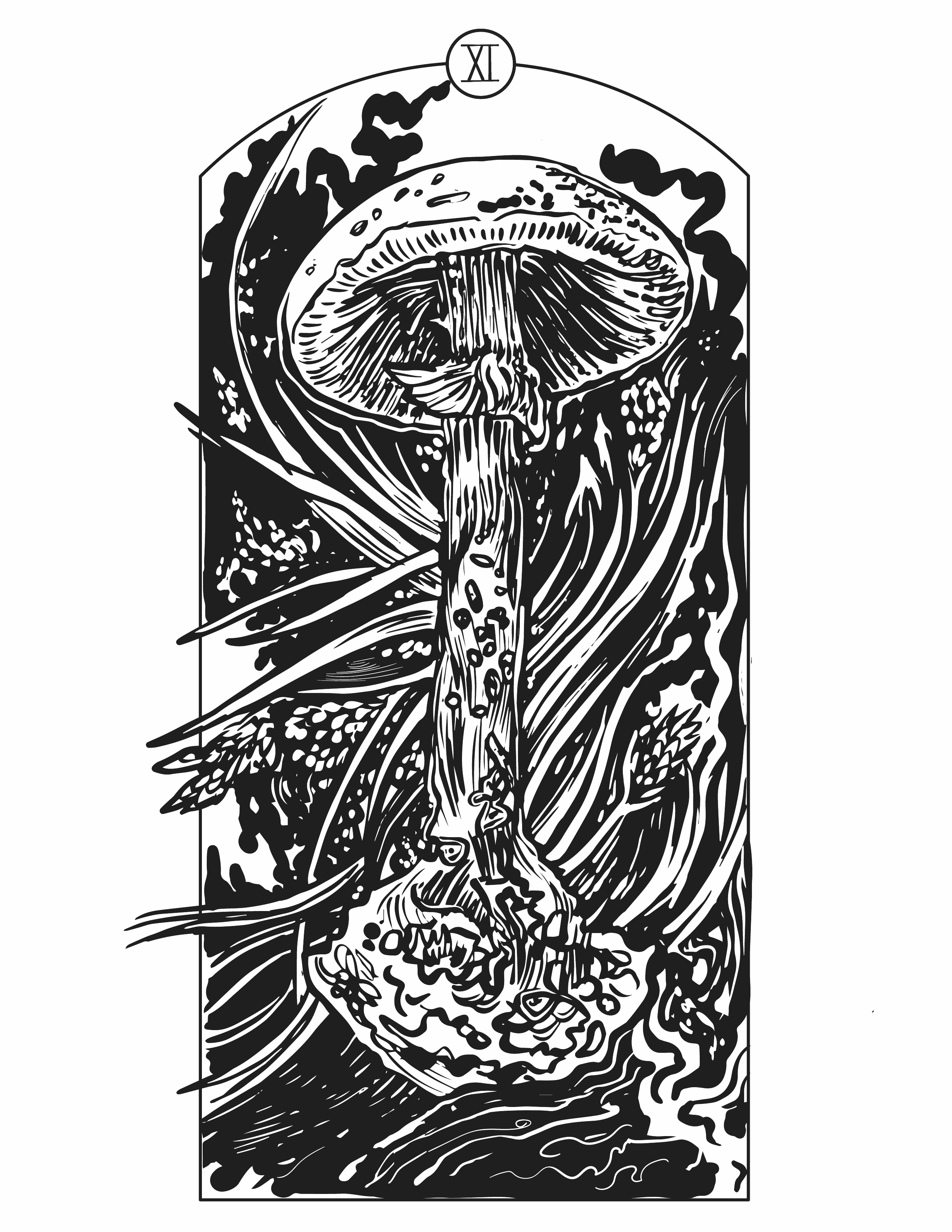
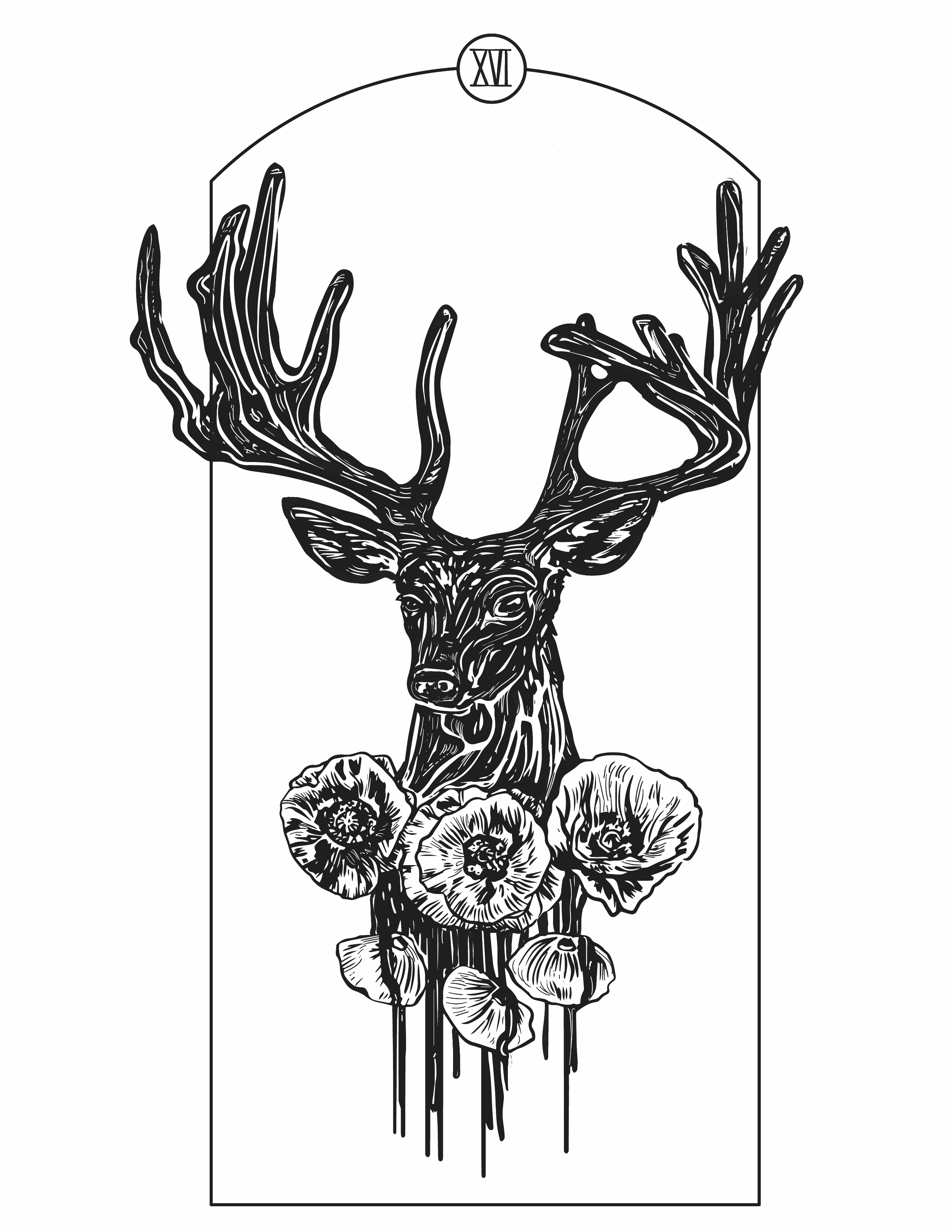
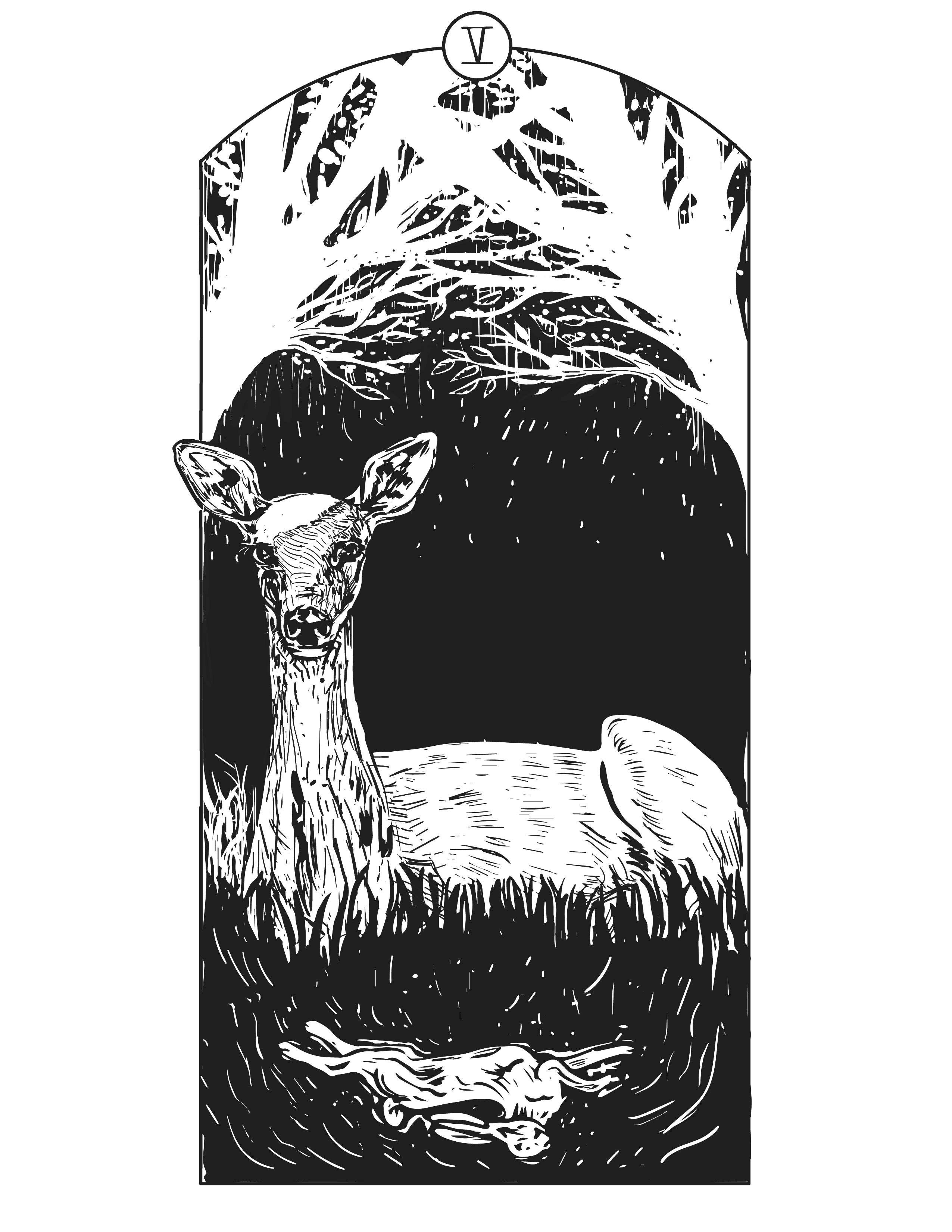
About the collaborators
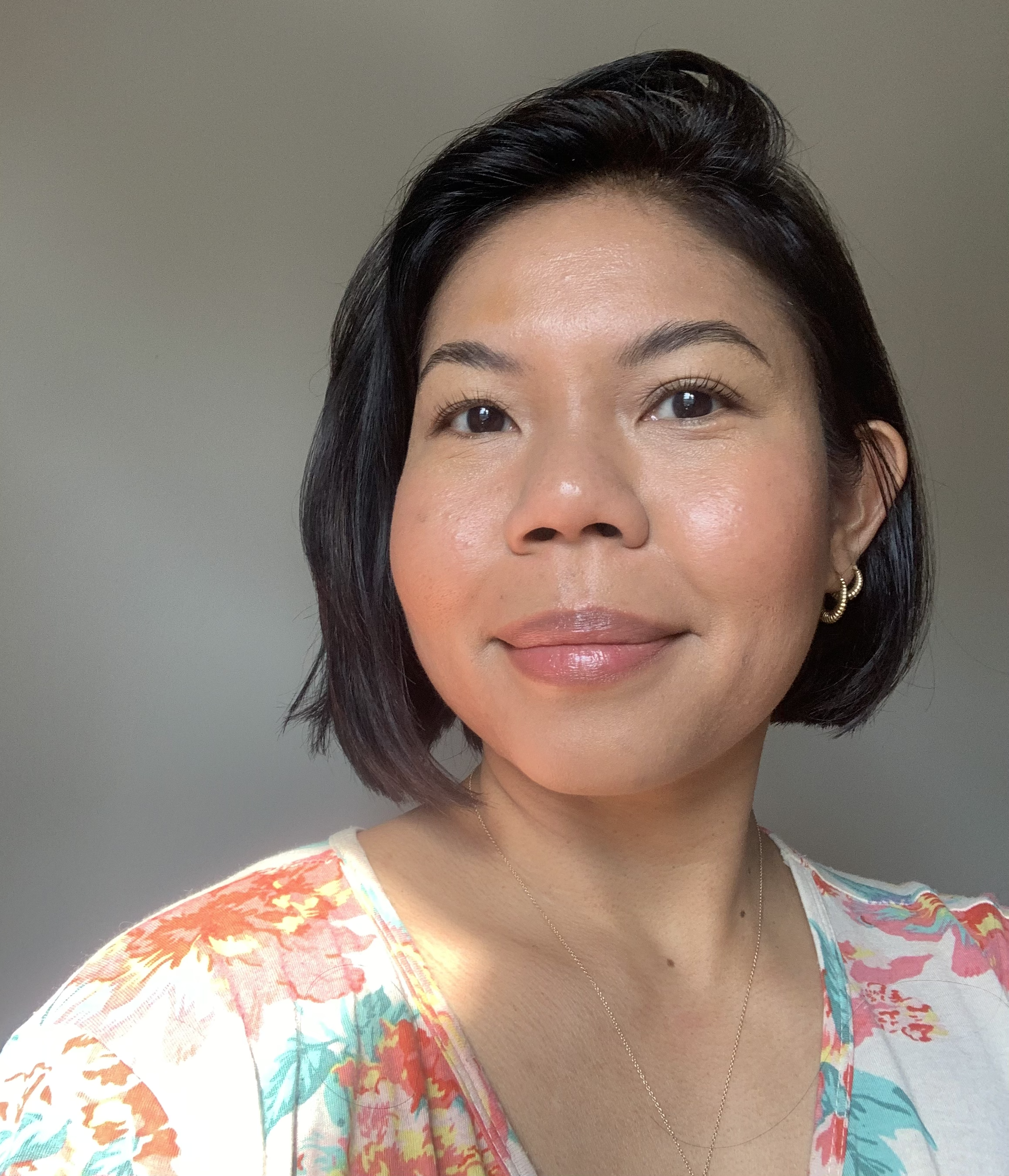
Theresa Evangelista/Cover Design

Alexis Marino/Illustrator
Alexis Marino is an illustrator and visual artist passionate about creating artwork that tells stories, evokes emotions, and sparks curiosity. Her art explores the shadows, the macabre, and the mysterious, taking you on a journey to worlds where light and darkness collide in captivating and unsettling ways. Her artistic journey was not one of conventional beauty and peace. Instead, it began with a fascination for the unknown, the eerie, and the uncanny. As a child, she was drawn to tales that sent shivers down her spine and illustrations with strange and mysterious elements. Some of her favorite authors growing up were Stephen King, Shirley Jackson, and Edgar Allan Poe. The haunting and elegant illustrations of Stephen Gammell (Scary Stories to Tell in the Dark), Thomas Canty (Redwall series, 1990 editions), and Tim Jacobus (Goosebumps) remain with her to this day.
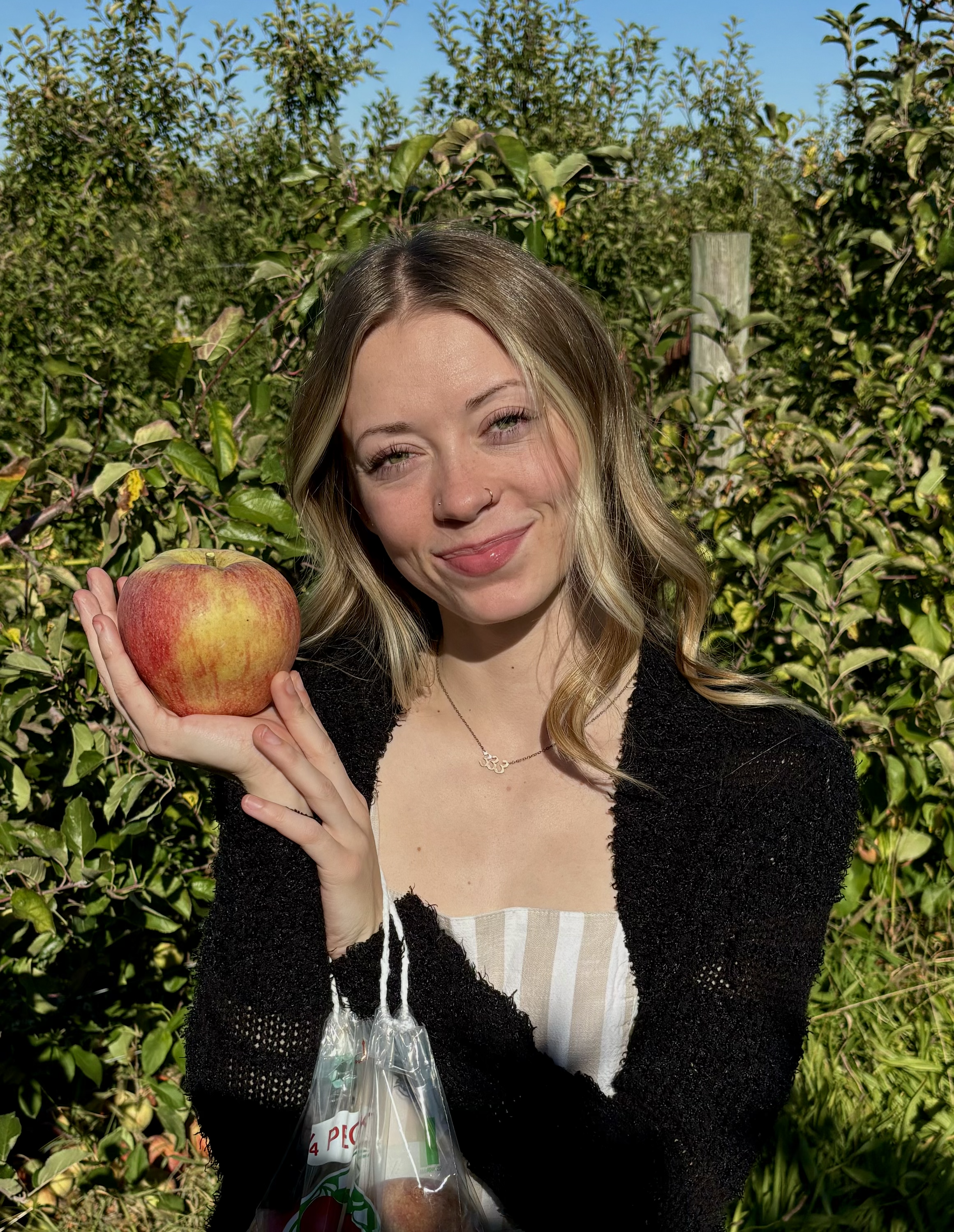
Cassidy Stoddard/Social Media Intern

Bea Goodwin/Developmental Advisor
Bea Goodwin is a librettist, lyricist and operatic stage director. her work has premiered in traditional theatrical spaces such as BAM, La Mama Experimental Theatre, DiMenna Center for Classical Music as well as site specific immersive experiences like the Mount Vernon Gardens, the Mark Hotel penthouse and Montauk Club. She has been published by Sparks & Wiry Cries Songbook Vol. 1 and her work is on the list of suggestied contemporary opera repetoire for the Jensen Foundation. Her song cycle She-Wolf placed as a finalist int he top 12 submissions for this year’s NATS Art Song Composition Award.
www.beagoodwin.com
Thank you to the supporters who made this possible
Michael and Kim Stoddard
Brian Worsdale

